smackitsakic
TPF Noob!
- Joined
- Mar 21, 2010
- Messages
- 246
- Reaction score
- 8
- Location
- Saskatchewan
- Can others edit my Photos
- Photos OK to edit
I am extremely excited about my new Sigma 50mm F2.8 DG Macro lens arriving today. Out of the box and onto the camera, I quickly found myself eager to start shooting. The lens is used and didn't come with a user guide, though it seems fairly straight forward.
What are some tips and hints to shooting good quality macro shots?
I quickly understood the simplicity of shooting in direct sunlight with a faster shutter speed. I also see the need for a small tri-pod for the shots on the ground (insects, flowers, etc.)
For a complete beginner to macro photography, what can you share with me to make me better at perfecting this delicate craft?
What are some tips and hints to shooting good quality macro shots?
I quickly understood the simplicity of shooting in direct sunlight with a faster shutter speed. I also see the need for a small tri-pod for the shots on the ground (insects, flowers, etc.)
For a complete beginner to macro photography, what can you share with me to make me better at perfecting this delicate craft?






![[No title]](/data/xfmg/thumbnail/35/35953-1a8b92df0115ff7026f31b78855ac815.jpg?1619737264)
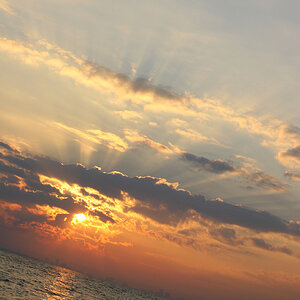

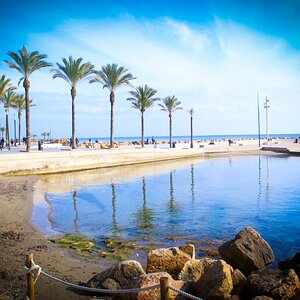
![[No title]](/data/xfmg/thumbnail/35/35948-700e0d840da0ca73727b1bd6d99b4142.jpg?1619737257)

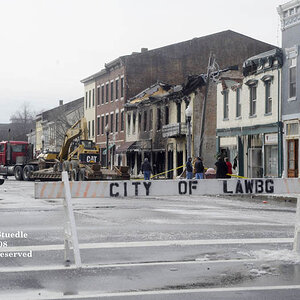
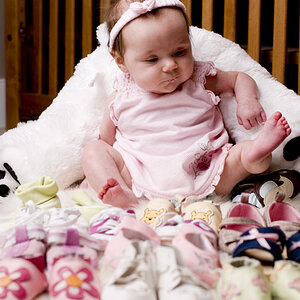

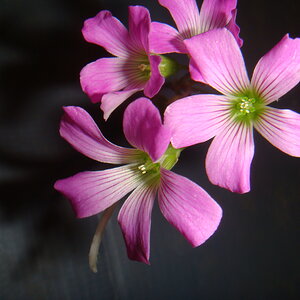
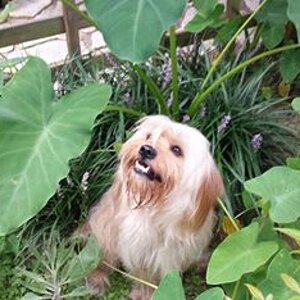
![[No title]](/data/xfmg/thumbnail/32/32636-5a159481dcab8aaf87f2d7b501496db1.jpg?1619735554)